Quick Reference
快捷參考
CECHP06
CECHP07
CECHP12
4-126-895-21(1)
�
About the PS3™ system documentation
The PS3™ system documentation includes the following:
Safety and Support
Before using the product, carefully read this document fi rst. It contains safety information
related to use of the PS3™ system, troubleshooting, specifi cations and other information.
Quick Reference (this document)
This document contains information on setting up the PS3™ system, preparing for use and
basic hardware operations.
User’s Guide (http://manuals.playstation.net/document/)
This online document is accessed through the Internet and contains detailed information
related to the use of the PS3™ system software (
page 29).
Check that you have all of the following items. If any items are missing, contact
the PS3™ service line at the number listed on your warranty card for assistance.
s PLAYSTATION®3 system
s DUALSHOCK®3 wireless controller
s Printed materials
s AC power cord
One of the following two cable types is
supplied with the system. The plug
confi guration varies depending on the
country or region.
s AV cable
s USB cable
2
Friends
Chatting and exchanging messages
PLAYSTATION®Network
Using PLAYSTATION®Network services
Network
Connecting to the Internet
Game
Playing games
Video
Playing video
Music
Playing music
Photo
Displaying images
Settings
Adjusting PS3™ system settings
Users
Selecting users to log in to the PS3™
system
�
Home menu
Category
Using "XMB" (XrossMediaBar)
The PS3™ system includes a user interface called "XMB"
(XrossMediaBar). The main screen for "XMB" is called the "home
menu".
1
2
3
Select a category using the
button.
or
Select an item using the
button.
or
Press the
selected item.
button to confi rm the
I
t
e
m
Directional buttons:
Used to select on-screen categories/items
PS button:
Displays the home menu
Turns the system on/off
button: Displays the options menu/control panel
Selecting an icon and pressing the
button will display the options menu.
Pressing the
button during content
playback will display the control panel.
button:
Cancels an operation
button:
Confi rms the selected item
Icons
Options menu
Control panel
EN
CT
3
�
01
Getting started
Part names
System front
System rear
PS family logo
Can be rotated to match the
position of the system
WLAN access indicator
HDD access indicator
USB connectors
Disc slot
Power button
Eject button
AV MULTI OUT connector
DIGITAL OUT (OPTICAL) connector
MAIN POWER switch
AC IN connector
Vent
LAN connector
HDMI OUT connector
Caution
Do not use the system in a closed cabinet or other locations where heat
may build up. Doing so may cause the system to overheat and may lead to
fi re, injury or malfunction.
If the system’s internal temperature becomes elevated, the power indicator
will fl ash alternately in red and green. In this case, turn off the system (
page 16) and leave it unused for a while. After the system cools down,
move it to a location with good ventilation, and then resume use.
Hint
The system can be set in a horizontal or vertical position.
Set as shown in the diagram at right when setting in the
vertical position.
Notice
Do not place the system in an area subject to excessive
dust or cigarette smoke. Dust build-up or cigarette
smoke residue on the internal components (such as the
lens) may cause the system to malfunction.
4
�
DUALSHOCK®3 wireless controller
Port indicators
L2 button
L1 button
Directional
buttons
Left stick/
L3 button*
SELECT button
USB connector
R2 button
R1 button
button
button
button
button
Right stick/
R3 button*
START button
PS button
* The L3 and R3 buttons function when the sticks are pressed.
Hint
For details on the wireless controller, see "Using the wireless controller"
(
page 17).
Getting started
Part names
EN
CT
5
�
02
Getting started
Setting up the PS3™ system
Procedure fl ow for setting up the
system
Step 1: Connect to a TV.
Page 6
m
Step 1: Connect to a TV
Video output on the PS3™ system
The PS3™ system can output two types of resolution: HD and SD. Refer to the instruction manual
for the TV in use to check which video mode is supported.
Step 2: Connect digital audio
devices.
Page 9
m
Step 3: Connect an Ethernet
cable.
Page 10
m
HD (High Defi nition)
Video mode *1*2
Aspect ratio
1080p
16:9
1080i
16:9
720p
16:9
SD (Standard Defi nition)
480p
576p
16:9
4:3
16:9
4:3
480i *3
576i *4
*1 This number indicates the number of scan lines. Note that "i" stands for "interlace" and "p" stands for
"progressive". Using progressive results in high-quality video with minimal fl ickering.
*2 SD resolution varies depending on the model of the PS3™ system in use and the content that is being played.
*3 The video output setting on the system will display as "Standard (NTSC)".
*4 The video output setting on the system will display as "Standard (PAL)".
Step 4: Connect the AC power
Page 11
cord.
Screens showing the difference in resolution
m
Step 5: Perform initial setup of
the system software.
Page 11
6
HD screen
SD screen
�
Getting started
Setting up the PS3™ system
Video output cable types
The resolution displayed on the TV varies depending on the input connectors on the TV and the type of cable in use. Select a cable to match
the TV in use.
Cable type
Input connector on the TV
Supported video modes *1*2
HDMI cable
(sold separately)
Component AV cable
(sold separately)
S VIDEO cable
(sold separately)
AV cable
(supplied)
HDMI IN
connector
Component
VIDEO IN
connector
S VIDEO IN
connector
VIDEO IN
connector
(composite)
1080p, 1080i, 720p, 480p / 576p
AUDIO IN
L
R
1080p, 1080i, 720p, 480p / 576p, 480i *3 / 576i *4
COMPONENT VIDEO IN
PR/CR
PB/CB
Y
S VIDEO
L-AUDIO-R
VIDEO
L-AUDIO-R
480i *3 / 576i *4
480i *3 / 576i *4
*1 Depending on the type of TV or content to be played, some video modes may not be supported.
*2 SD resolution varies depending on the model of the PS3™ system in use and the content that is being played.
*3 The video output setting on the system will display as "Standard (NTSC)".
*4 The video output setting on the system will display as "Standard (PAL)".
EN
CT
7
�
Getting started
Setting up the PS3™ system
Connection methods
Caution
Do not plug the AC power cord for the system into an electrical outlet until
you have made all other connections.
The socket-outlet shall be installed near the equipment and shall be easily
accessible.
Connecting to a TV using an HDMI cable
Connect the system to the TV using an HDMI cable (sold separately).
An HDMI cable can output both video and audio and enables you to
enjoy digital-quality video and audio with minimal loss of picture
quality.
HDMI OUT connector
TV
HDMI cable (sold separately)
HDMI IN connector
8
Connecting with other types of cables
Connect cables other than the HDMI cable to the AV MULTI OUT
connector on the system.
AV MULTI OUT connector
TV
AV cable (supplied)
VIDEO
L
AUDIO
R
VIDEO IN connector
Example: When using the supplied AV cable
Hint
If you change the type of cable used to connect the system, video may not be
displayed. If this happens, turn off the system and then turn it on again by
touching the power button on the system front for at least fi ve seconds (until the
system beeps twice). The video output setting will then be reset to the standard
resolution.
�
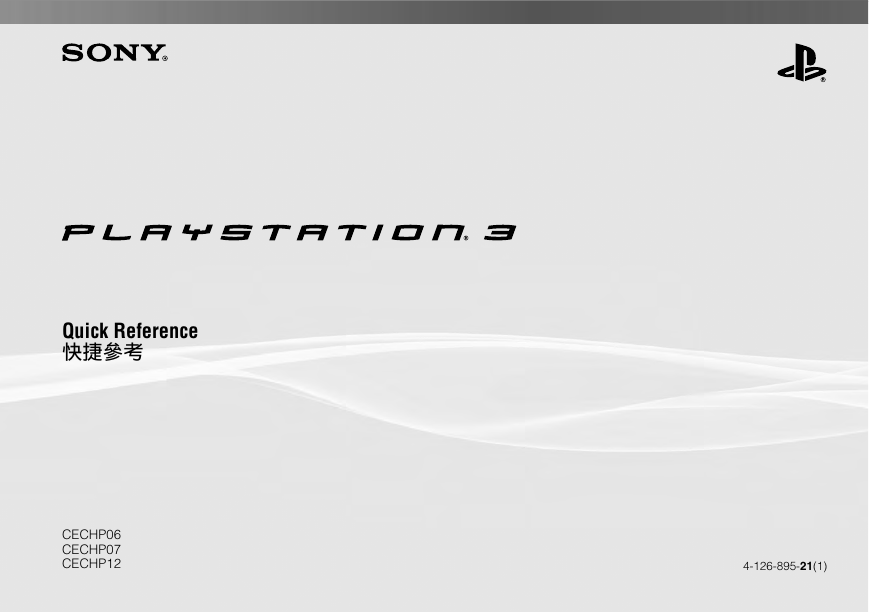



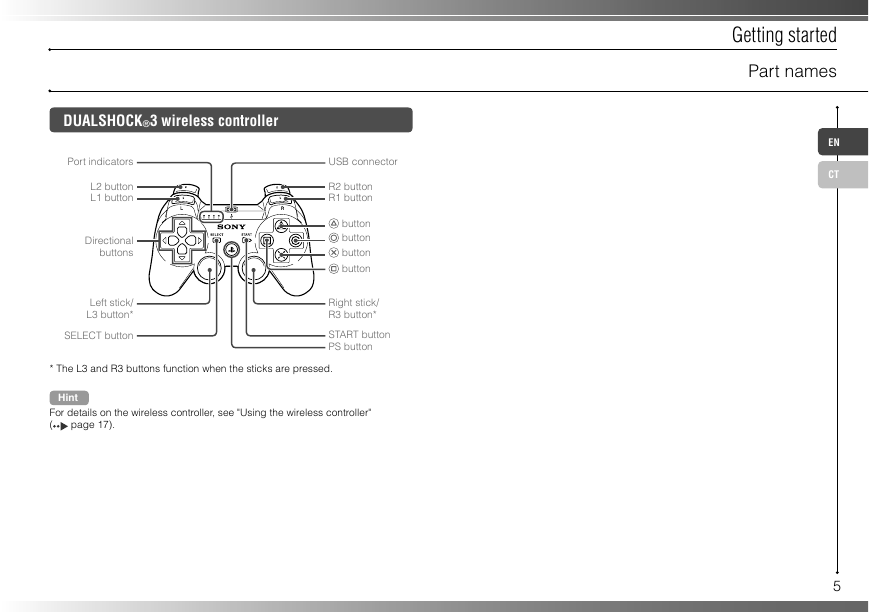
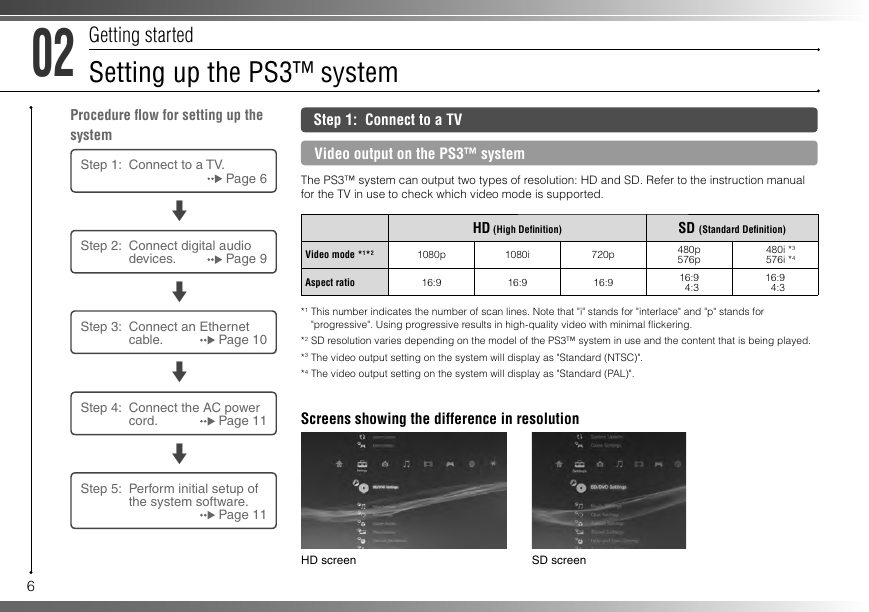
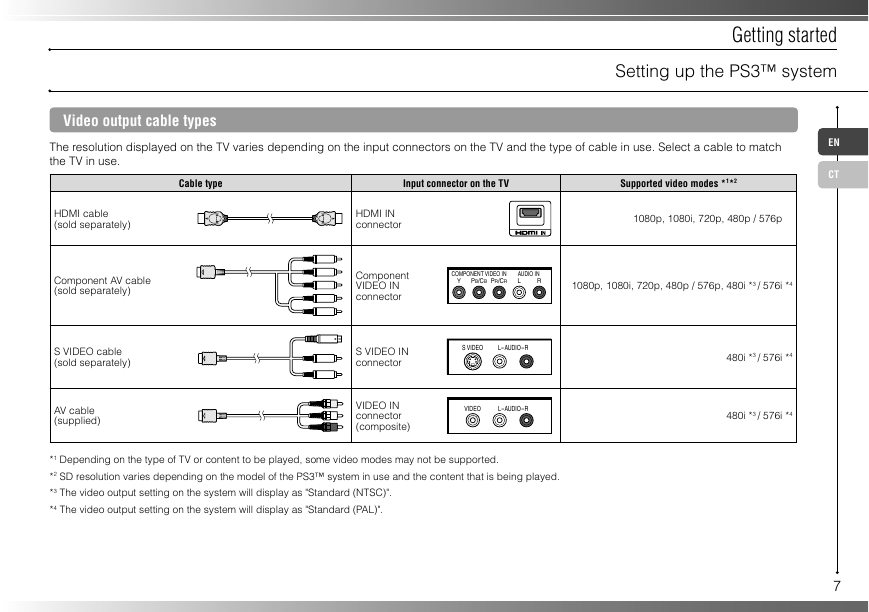
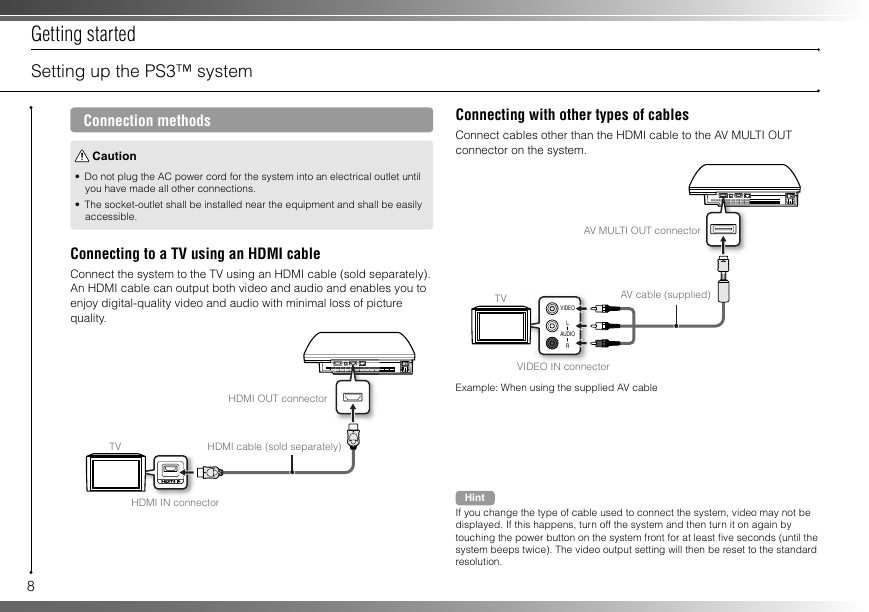








 2023年江西萍乡中考道德与法治真题及答案.doc
2023年江西萍乡中考道德与法治真题及答案.doc 2012年重庆南川中考生物真题及答案.doc
2012年重庆南川中考生物真题及答案.doc 2013年江西师范大学地理学综合及文艺理论基础考研真题.doc
2013年江西师范大学地理学综合及文艺理论基础考研真题.doc 2020年四川甘孜小升初语文真题及答案I卷.doc
2020年四川甘孜小升初语文真题及答案I卷.doc 2020年注册岩土工程师专业基础考试真题及答案.doc
2020年注册岩土工程师专业基础考试真题及答案.doc 2023-2024学年福建省厦门市九年级上学期数学月考试题及答案.doc
2023-2024学年福建省厦门市九年级上学期数学月考试题及答案.doc 2021-2022学年辽宁省沈阳市大东区九年级上学期语文期末试题及答案.doc
2021-2022学年辽宁省沈阳市大东区九年级上学期语文期末试题及答案.doc 2022-2023学年北京东城区初三第一学期物理期末试卷及答案.doc
2022-2023学年北京东城区初三第一学期物理期末试卷及答案.doc 2018上半年江西教师资格初中地理学科知识与教学能力真题及答案.doc
2018上半年江西教师资格初中地理学科知识与教学能力真题及答案.doc 2012年河北国家公务员申论考试真题及答案-省级.doc
2012年河北国家公务员申论考试真题及答案-省级.doc 2020-2021学年江苏省扬州市江都区邵樊片九年级上学期数学第一次质量检测试题及答案.doc
2020-2021学年江苏省扬州市江都区邵樊片九年级上学期数学第一次质量检测试题及答案.doc 2022下半年黑龙江教师资格证中学综合素质真题及答案.doc
2022下半年黑龙江教师资格证中学综合素质真题及答案.doc